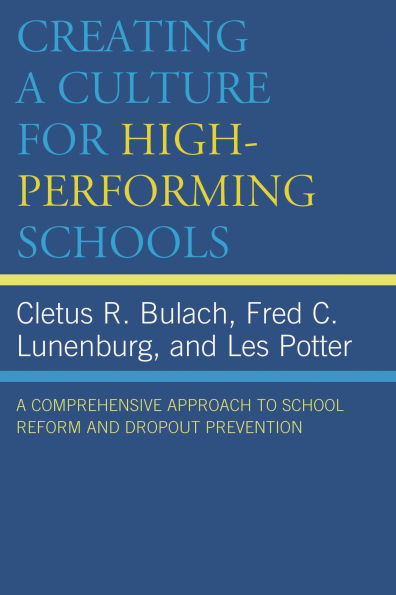A high performing school is described as one where student achievement is high and student and teacher absenteeism is low. Student behavior is such that teachers seldom have to control them or tell them what to do. This results in greater time on task, higher teacher morale, low teacher absenteeism, and improved parental support. One other distinctive feature of a high performing school is that the student peer group is a positive force and not a negative force. The end result is a school culture where faculty and students trust and care about each other, and there is a cooperative attitude.
A high performing school is described as one where student achievement is high and student and teacher absenteeism is low. Student behavior is such that teachers seldom have to control them or tell them what to do. This results in greater time on task, higher teacher morale, low teacher absenteeism, and improved parental support. One other distinctive feature of a high performing school is that the student peer group is a positive force and not a negative force. The end result is a school culture where faculty and students trust and care about each other, and there is a cooperative attitude.

Creating a Culture for High-Performing Schools: A Comprehensive Approach to School Reform and Dropout Prevention
340
Creating a Culture for High-Performing Schools: A Comprehensive Approach to School Reform and Dropout Prevention
340
Product Details
| ISBN-13: | 9781578867967 |
|---|---|
| Publisher: | Bloomsbury Academic |
| Publication date: | 08/28/2008 |
| Pages: | 340 |
| Product dimensions: | 5.80(w) x 9.10(h) x 1.20(d) |
